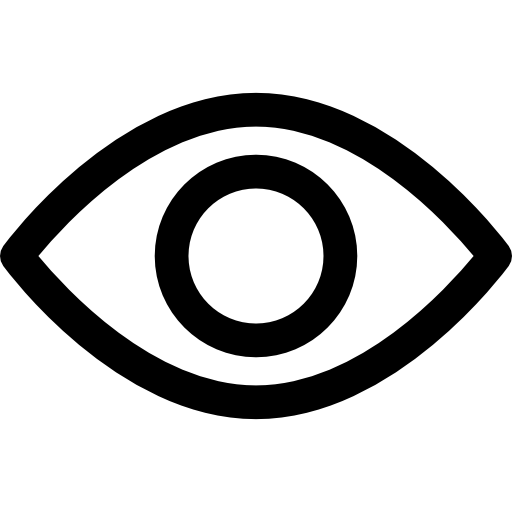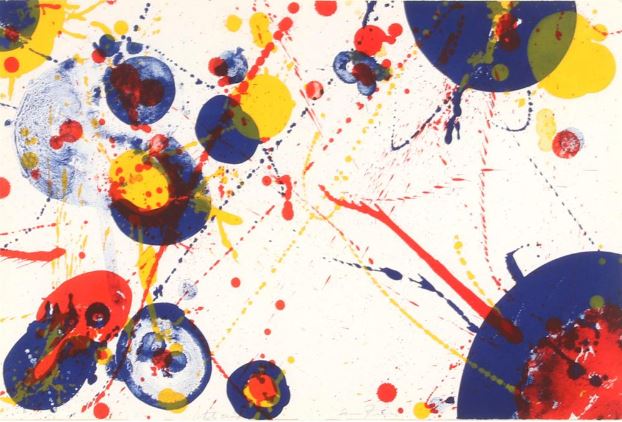Identification and Price guides for Antiques & Collectibles


ABSTRACT PAINTINGS:
Researching their history, styles, and artists
Join the most updated and complete collectibles research online - Learn more...
 Abstract paintings have been around for over a century and continue to be a significant part of the art world. While some may struggle to understand the lack of recognizable objects in these works, abstract paintings offer a unique and powerful form of expression. If you're interested in exploring the world of abstract art, there are several ways to research and learn about it. In this article, we will explore the history of abstract art, the different styles within this genre, and how to research individual artists and their works.
Abstract paintings have been around for over a century and continue to be a significant part of the art world. While some may struggle to understand the lack of recognizable objects in these works, abstract paintings offer a unique and powerful form of expression. If you're interested in exploring the world of abstract art, there are several ways to research and learn about it. In this article, we will explore the history of abstract art, the different styles within this genre, and how to research individual artists and their works.
History of Abstract Art
The roots of abstract art can be traced back to the late 19th and early 20th centuries. Artists like Wassily Kandinsky and Kazimir Malevich were among the first to experiment with non-representational art. They believed that art should not simply imitate nature, but instead, should express the artist's inner emotions and ideas. This idea of art as an expression of the artist's inner world paved the way for the development of abstract art.
One of the most famous movements within abstract art is abstract expressionism. This movement emerged in the 1940s and 1950s and was characterized by large, gestural paintings that were often created through a process of spontaneous, unconscious mark-making. Artists like Jackson Pollock, Mark Rothko, and Willem de Kooning are some of the most well-known practitioners of this style.
Styles of Abstract Art
There are several different styles within the genre of abstract art. Some of the most prominent styles include geometric abstraction, lyrical abstraction, and action painting.
Geometric abstraction is characterized by the use of geometric shapes and precise lines. Artists like Piet Mondrian and Theo van Doesburg were pioneers of this style, and their work often features a grid-like structure and a limited color palette.
Lyrical abstraction, on the other hand, is characterized by more fluid, organic shapes and a softer color palette. This style often incorporates elements of nature and emphasizes the expressive qualities of color and form.
Action painting, also known as gestural abstraction, is characterized by the physical act of painting itself. Artists in this style often work quickly and spontaneously, creating large, gestural marks and drips of paint. This style places an emphasis on the process of creating the painting rather than the finished product.
Researching Abstract Art
If you're interested in learning more about abstract art, there are several ways to research and explore this genre. One of the best ways to start is by visiting museums and galleries. Many museums have extensive collections of abstract art, and you can see works from different styles and time periods in one place. You can also learn about the history of the movement and the different artists who contributed to its development.
Online resources are also a great way to explore abstract art. There are many websites and blogs dedicated to this genre, and they often feature articles, reviews, and interviews with artists. You can also find images of works online and read about the history and context of specific pieces.
Another way to research abstract art is to read books and articles on the subject. Many art historians and critics have written extensively on the development and significance of abstract art, and their work can provide valuable insights into the movement.
Researching Individual Abstract Paintings Artists
If you're interested in a particular artist or work, there are several ways to research it in more depth. One of the best places to start is by visiting the artist's website if they have one. Many artists have websites that showcase their work and provide information about their background, inspirations, and creative process.
You can also find information about individual artists in books and articles. Art history texts often include detailed information about individual artists and their work, while articles and reviews can provide critical analysis and context.
Social media is another valuable source of information when researching individual artists. Many artists have social media profiles where they share their work and updates about their creative process. Following an artist on social media can provide valuable insights into their work and the context in which it was created.
Another way to research individual artists is to visit galleries and exhibitions that feature their work. This can be a great way to see the work in person and get a sense of the artist's style and technique.
When researching individual artists, it's important to consider the context in which their work was created. Understanding the historical and cultural background of the artist can provide valuable insights into their work and the motivations behind it.
Conclusion
Abstract art may seem daunting to some, but it is a fascinating and important part of the art world. By exploring the history of abstract art and the different styles within the genre, you can gain a deeper understanding and appreciation for this unique form of expression. Researching individual artists and their works can provide valuable insights into their creative process and the context in which their work was created. Whether you're a seasoned art enthusiast or just starting to explore the world of abstract art, there are many resources available to help you discover and appreciate this fascinating genre.
Unlock the true value of your collection with our comprehensive research guides from identifying makers' marks to appraising all kinds of antiques and collectibles, including items featured in this article.
Our up-to-date information will give you an accurate understanding of your items' worth. Don't miss out on this valuable resource - visit our research tools today!
In addition to some examples shown below on this page, you can also search our price guide for your own treasures.
Examples of related items from our Price Guides
-
JOHN HILLENBRAND, ABSTRACT PAINTING, 1983John [more like this]
-
ABSTRACT POP ART 3-D PAINTING BY DENNIS ECHEVERRIA [more like this]
-
SIGRID BURTON ABSTRACT PAINTING, CHAMPERS-2", [more like this]
-
HU CHI-CHUNG (CHINESE 1927-2012) ABSTRACT [more like this]
-
DENNIS SAKELSON Abstract Painting on canvas. [more like this]
-
DENNIS SAKELSON Abstract Painting. Linear [more like this]
-
DENNIS SAKELSON Abstract Painting on canvas. [more like this]
-
Pencil Signed Modernist Abstract Painting [more like this]
-
DENNIS SAKELSON Abstract Painting on canvas. [more like this]
-
Mary Ann Pettorini 1970. Abstract painting [more like this]
-
Signed Small Abstract Painting Modernist [more like this]
-
Modernist Abstract Painting. MORRIS BLACKMAN. [more like this]
There are many more auction results available to our members...
Explore more items from our
Antiques & Collectibles Price Guide
This list is limited to only a few results.
Many more items are available to our members through our
Price Guides!






